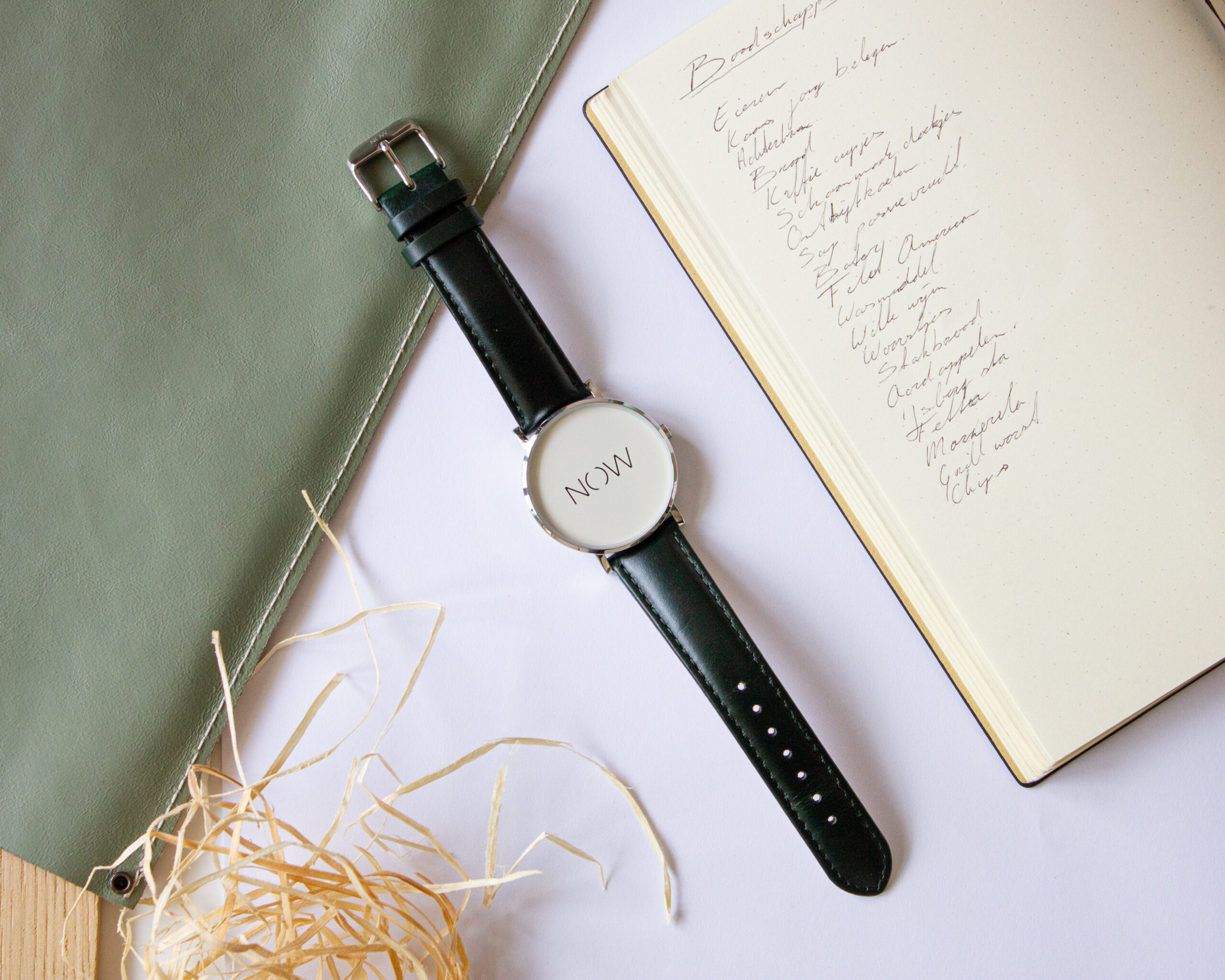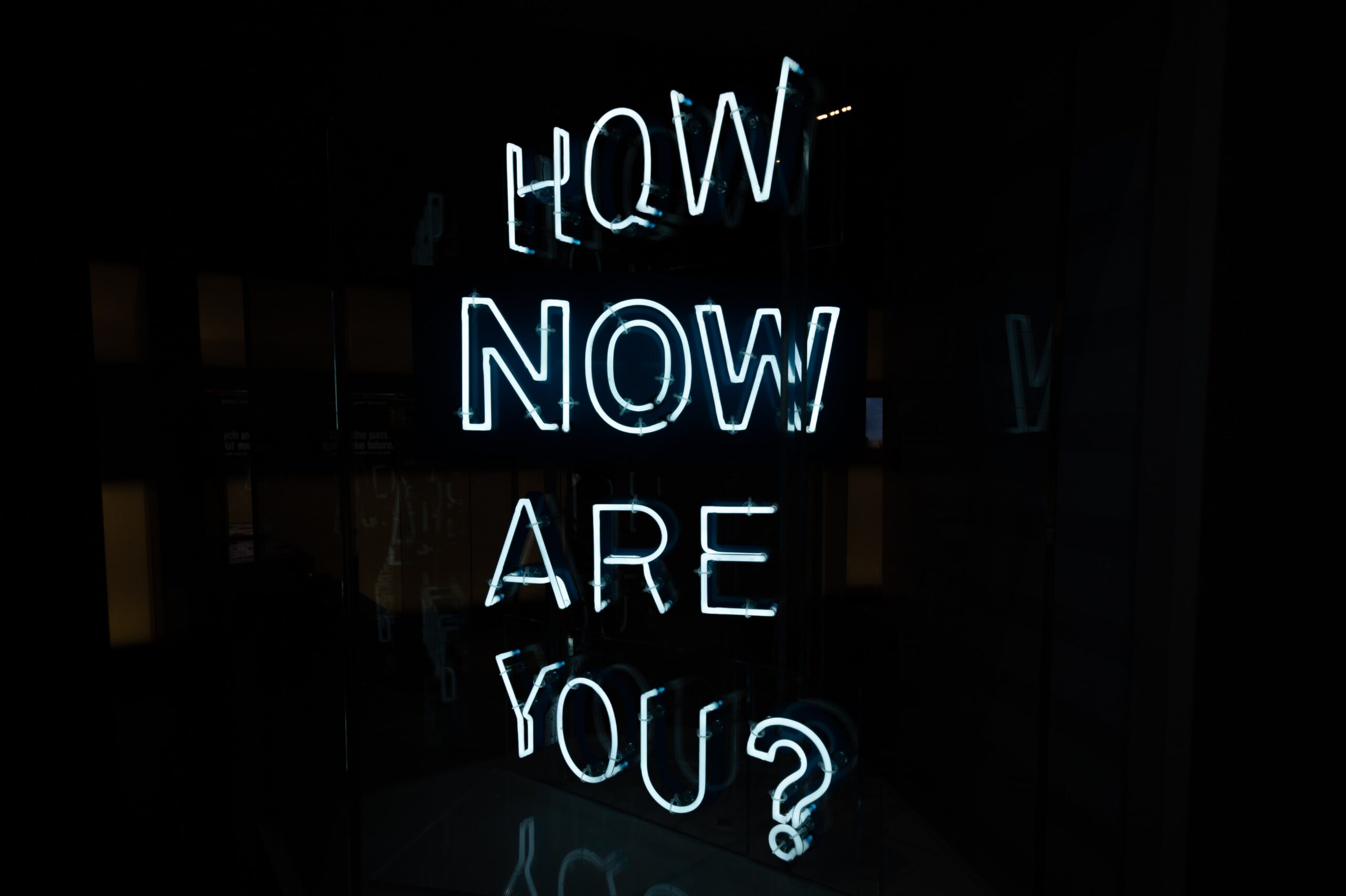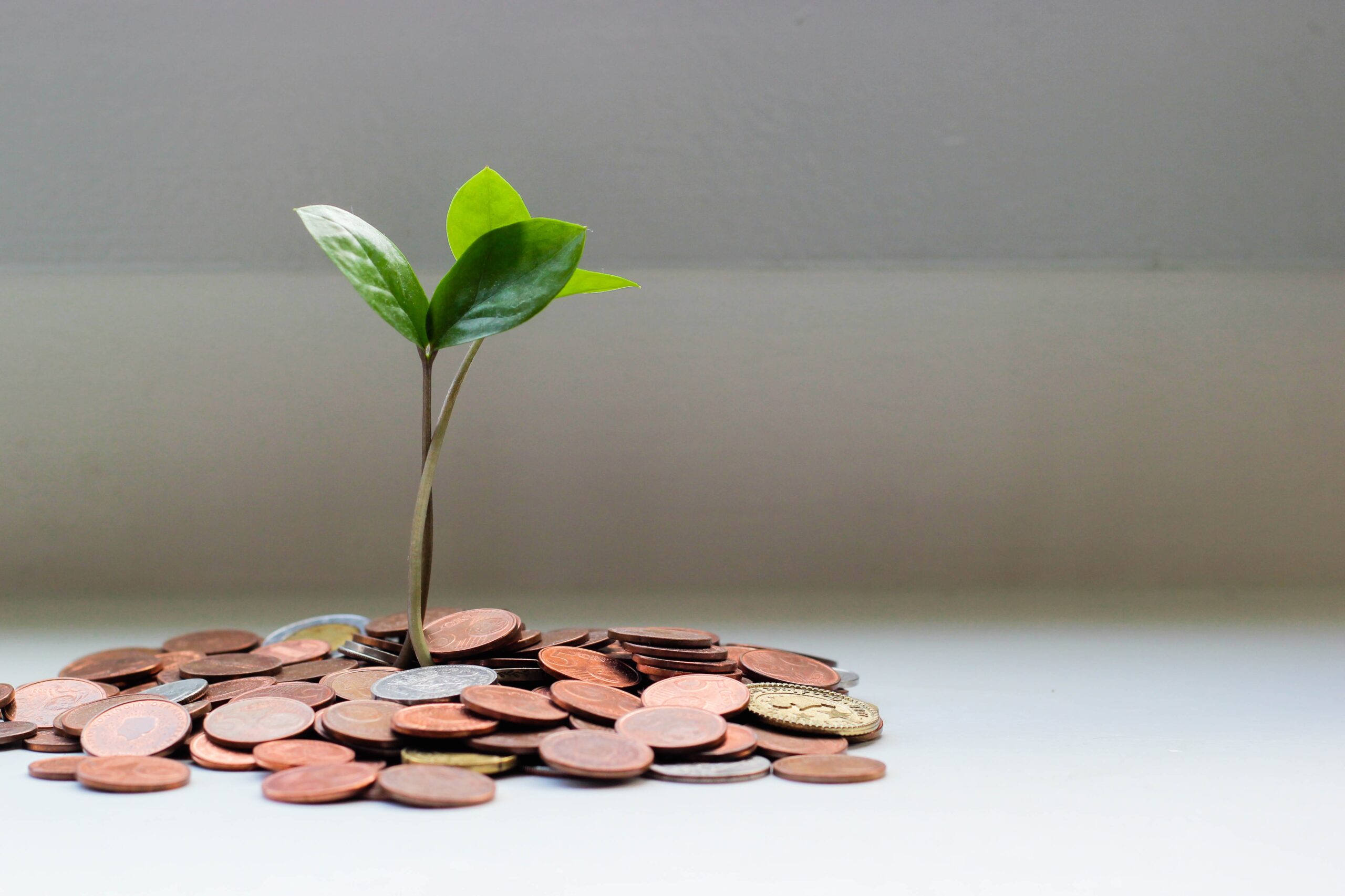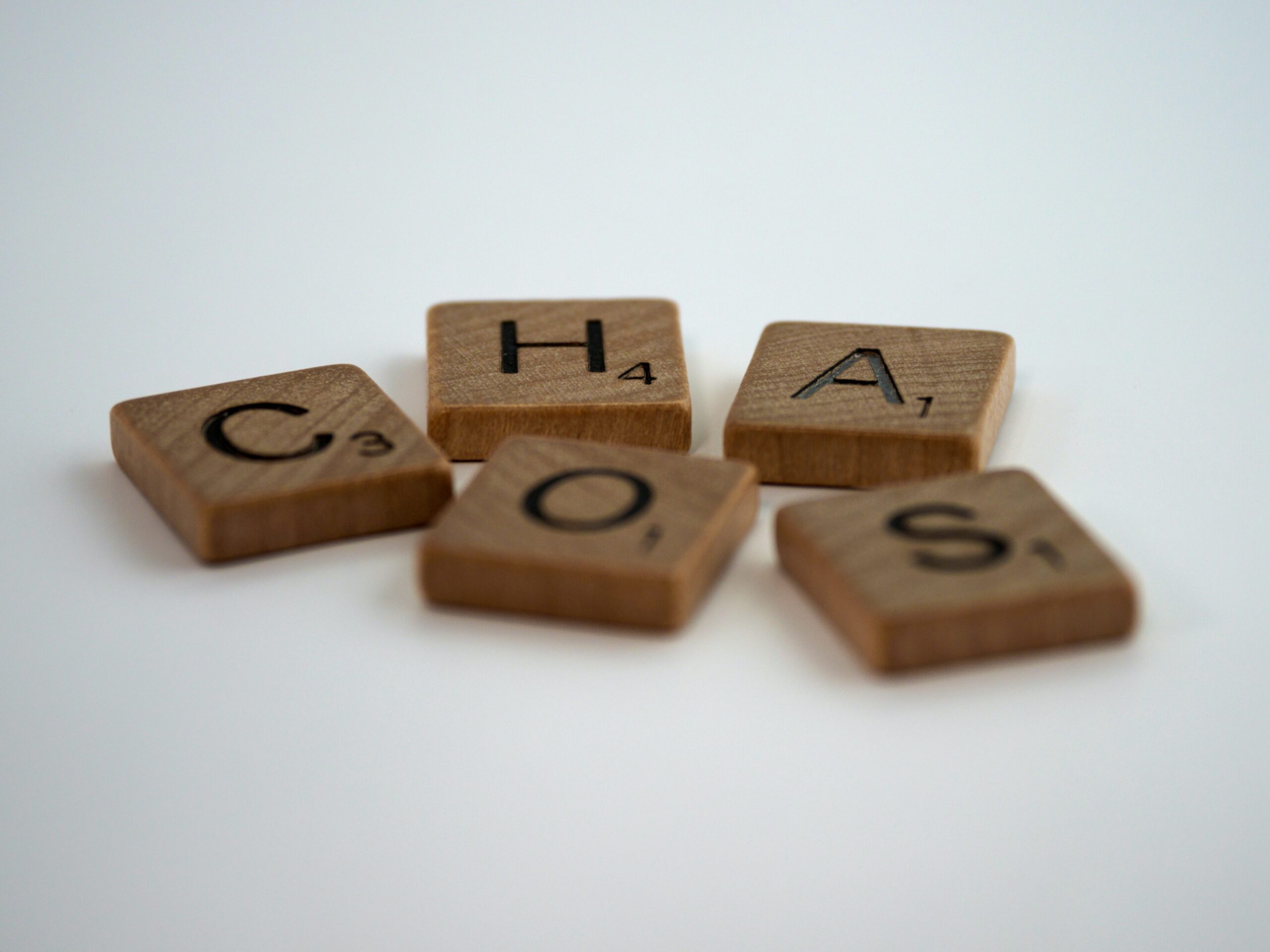The world we live in today is constantly on the move, and it seems like time is never enough. We are always in a hurry, running from one task to another, trying to keep up with the fast pace of life. But have you ever truly stopped to think about what that constant rush is doing to your mental and physical health? With this thought in mind, The Watch Now was developed. It’s a unique watch that doesn’t display the time, but instead shows the word “NOW.” It’s a powerful reminder to live in the moment and appreciate those moments a little more.
The Bold Collection
The Classic Bold collection of nowatch is designed for those who like to make a statement. It’s bold, it’s daring, and it’s a true representation of what nowatch is all about. The watch comes in a variety of colors, so you can choose the one that best represents your personality. The Classic Fine collection is for those who appreciate a more refined look. It’s an elegant and sophisticated piece of jewelry that still carries the same powerful message.
The Exclusive collection is for those who want to take their nowatch experience to the next level. This collection is a limited edition developed in a luxurious design. Whether you’re wearing it to work or just for a casual day out, an item from this collection is sure to turn heads.
Why wear a NOWATCH?
But why should you wear nowatch? Living in the moment is essential for our well-being. We often get so caught up in our daily routines that we forget to appreciate the little things in life. nowatch reminds us to slow down and live more consciously, enjoying the present. It’s a subtle reminder to take a moment and be present in what we’re doing right now.
The idea of living in the moment is not new, but nowatch brings it to life in a tangible and accessible way. By wearing the watch, you create more moments of awareness and will go through life in a more relaxed way. Enjoy









